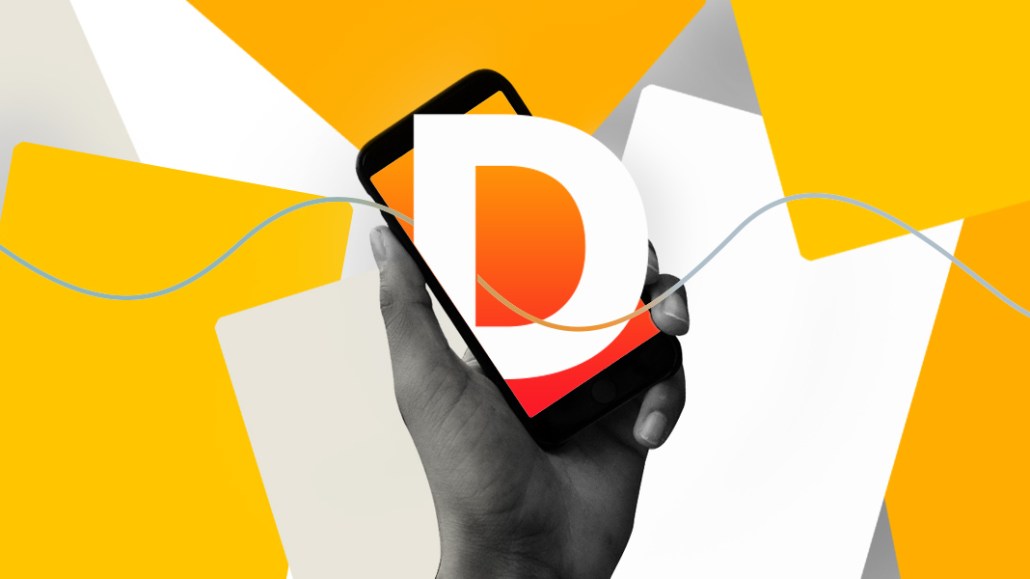
Welcome to the new Digiday. We think of this as a reimagination of what Digiday is and reflects how the industry and our own brand has changed.
This is our first redesign since July 2013, when we adopted Digiday’s current branding. The next step for us is to rethink how we organize our coverage while also bringing to the forefront the many products and services Digiday offers. Here’s a breakdown of the main changes.
We’re reorganizing our coverage into two buckets: media and marketing. Digiday’s focus is on the modernization of the media and marketing business. Many times this is viewed through silos: mobile, video, social. But in reality, there’s media (those who create audiences through content or software) and marketers (those who want to sell things to those audiences). We feel like this simple division is a way of cutting through the noise.
We are adding Hot Topics to let people drill down. While “media and marketing” reflects our desire for simplicity in the big story we’re covering, we also understand that digital media is very complex. There are any number of details, from ad blocking to programmatic advertising to the pressure created by the so-called Duopoly. The new Digiday allows you to drill deeper in these areas through a dozen Hot Topics that we’ll continually evolve based on what’s most pressing.
We are integrating Digiday Pulse. Digiday has rolled out a multifaceted membership program, Digiday Pulse, which includes our quarterly magazine, exclusive content, monthly trend reports, quarterly events and more. Pulse content is now integrated directly into the site experience. We will continue to build out exclusive Pulse content that will be available to subscribers. Speaking of, you should subscribe.
We reorganized the site to highlight Digiday’s many programs. Digiday is now nearly 70 people. We have a U.K. and Japanese version. We have four podcasts and a daily audio briefing. We will do 30 events this year and hold 10 awards programs. We have a 10-person content agency and a Careers portal. Digiday Media, our parent company, now includes two other brands: Glossy (fashion and luxury) and Tradestreaming (finance). We’re busy! The new site organizes and presents all our products in a way that’s coherent but not overwhelming.
We have new content-based ad units. Digiday has covered quite a bit the pressures of the display advertising business and the rise of content studios. Four years ago we started our own content studio, now a standalone agency, Custom. The evolution of Custom is in shifting from creating article content for clients to creating idea-led executions that take many forms. Our new full page ad unit, appearing on all article pages at the bottom of editorial articles, is a reflection of this shift. It will take the great content marketing Custom is creating and bring it directly to visitors, whether that’s video, a webinar, graphics or a text article. These will roll out over the next week.
I’d like to thank Peter Surrena, our chief product officer, for leading this effort. Studio Chow’s Claudia Chow, who created the original Digiday branding, again partnered with us and delivered a terrific design. Alley Interactive provided invaluable support on development.
More in Media

From sidelines to spotlight: Esports events are putting creators center stage
Esports events’ embrace of content creators reflects advertisers’ changing priorities across both gaming and the wider culture. In the past, marketers viewed esports as one of the best ways to reach gamers. In 2025, brands are instead prioritizing creators in their outreach to audiences across demographics and interest areas, including gaming.

Condé Nast and Hearst strike Amazon AI licensing deals for Rufus
Condé Nast and Hearst have joined the New York Times in signing a licensing deal with Amazon for its AI-powered shopping assistant Rufus.

Media Briefing: AI payouts may be entering a new era
AI compensation is evolving — and new models, not just publisher demands, are driving the shift beyond flat-fee licensing.





